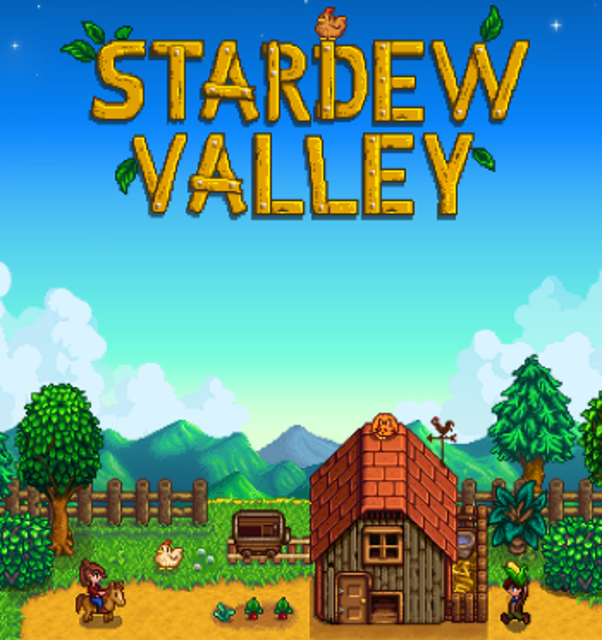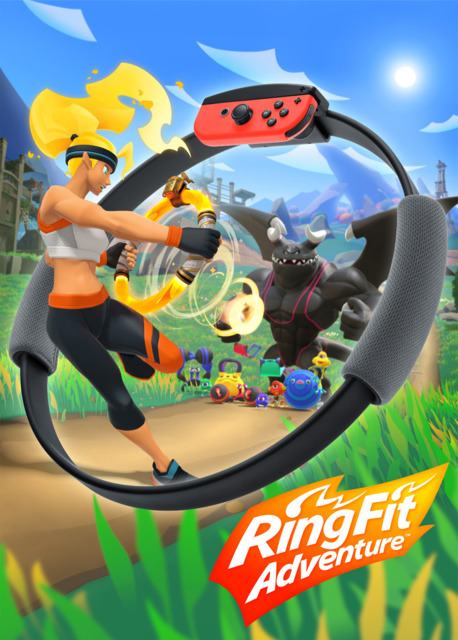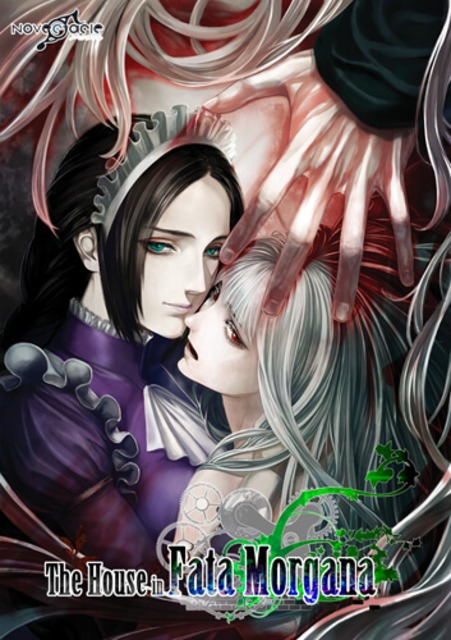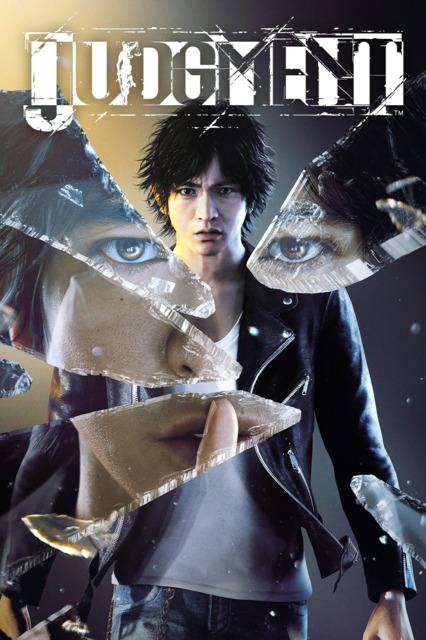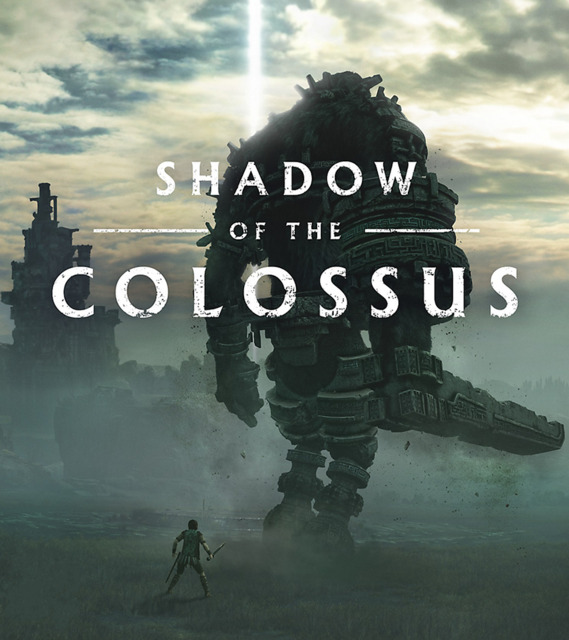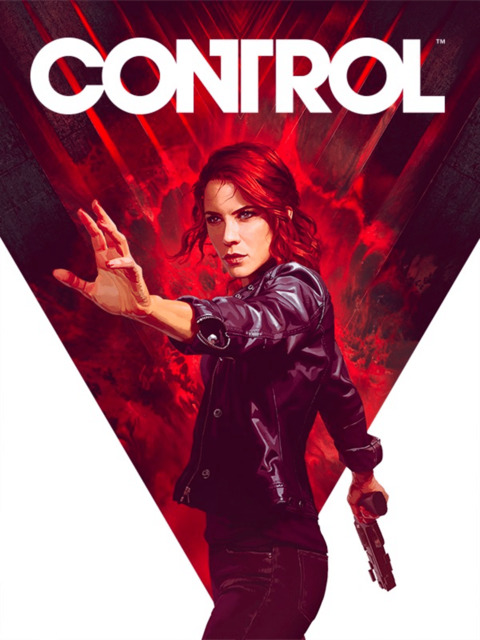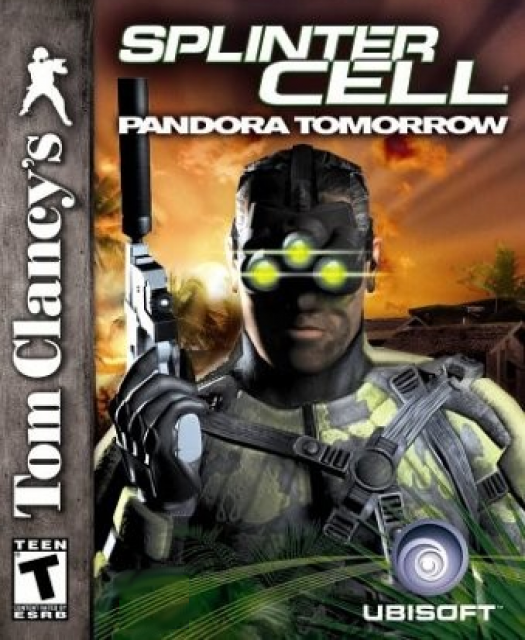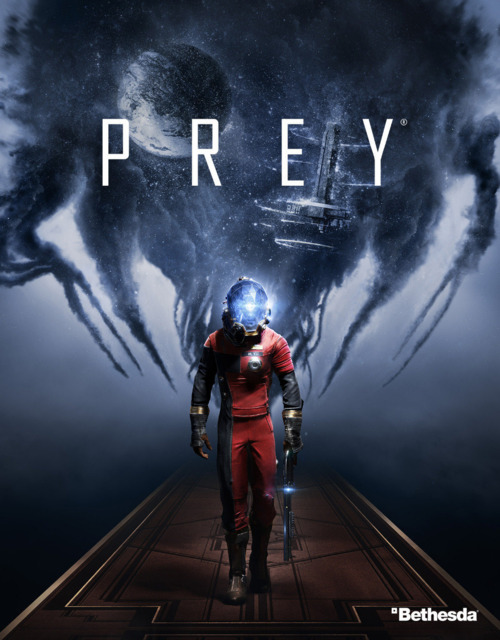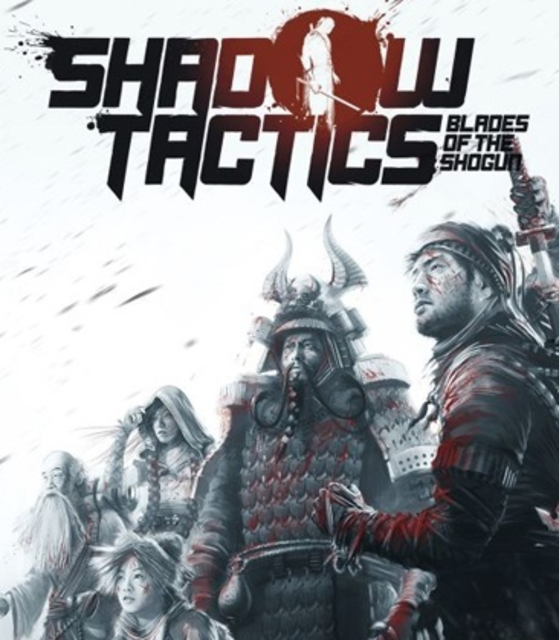Best New Old Games of 2020
Eligible list items are games that:
- I enjoyed playing
- I’ve never played to the end before
- weren’t released within the current year
- aren’t a remastered version of a game I’ve played to the end before
- are completed or reach a satisfying state of completion within the current year
Note: In the case that multiple titles from one franchise are eligible, only one will be allowed to be on the main list.
2020 personal goals:
- Play through the rest of the main Final Fantasy games I haven’t played yet (I, II, IV). ✔️
- Focus on games on Nintendo systems, subscriptions be damned. 🤷
- Focus on critically-acclaimed games. 🤷
2021 personal goals sneak peek:
- Finish games from previous generations, seriously this time.
- Finish at least one Castlevania game and one Metroid game.
- Play through the rest of the Kingdom Hearts games.
Honorable mentions:
- A Plague Tale: Innocence - PC (2019)
- Batman: The Telltale Series - The Enemy Within - XONE (2018)
- Bye-Bye BoxBoy! - 3DS (2017)
- Celeste - XONE (2018)
- Chaos;Child - PS4 (2017)
- Dark Void - X360 (2010)
- Dead Rising 4 - PC (2016)
- Donut County - NSW (2018)
- Dragon Quest III: The Seeds of Salvation - NSW (2019)
- Final Fantasy IV - PSP (2011)
- The Gardens Between - XONE (2018)
- Grim Fandango Remastered - PC (2015)
- The House in Fata Morgana: A Requiem for Innocence - PC (2018)
- Kathy Rain - PC (2016)
- Persona 3: Dancing in Moonlight - VITA (2018)
- Persona 5: Dancing in Starlight - VITA (2018)
- The Room Three - PC (2018)
- SoulCalibur VI - XONE (2018)
- StarCraft II: Legacy of the Void - PC (2015)
- StarCraft II: Nova Covert Ops - PC (2016)
- Steins;Gate: Linear Bounded Phenogram - PC (2019)*
- Steins;Gate: My Darling’s Embrace - PC (2019)
- Syberia - PC (2002)
- Syberia II - PC (2004)
- Superhot - PC (2016)
- Tom Clancy's Splinter Cell: Double Agent - XBOX (2006)
“Meh”ntions:
- Batman: The Telltale Series - XONE (2016)
- Chaos;Head - PC (2008)*
- Danganronpa V3: Killing Harmony - PC (2017)
- The Dark Pictures Anthology: Man of Medan - PC (2019)
- Erica - PS4 (2019)
- Kingdom Hearts Final Mix - PS4 (2017)
- Life Is Strange 2 - XONE (2019)
- Octopath Traveler - NSW (2018)
- Resident Evil: Revelations - PC (2013)
- Steins;Gate: Variant Space Octet - PC (2011)*
- Tekken 7 - XONE (2017)
- Tom Clancy's Splinter Cell: Conviction - PC (2010)
- Wolfenstein: Youngblood - PC (2019)
- World of Final Fantasy Maxima - XONE (2018)
Dishonorable mentions:
- Borderlands: The Pre-Sequel - PC (2014)
- Crackdown 2 - X360 (2010)
- Death Stranding - PS4 (2019)
- Dirge of Cerberus: Final Fantasy VII - PS2 (2006)
- Final Fantasy (Origins) - PS (2003)
- Final Fantasy II (Origins) - PS (2003)
- Heavy Rain - PS4 (2016)
- Resident Evil Zero - XONE (2016)
* Playthrough fully or partially experienced through a recorded series of videos (akin to an Endurance Run AKA Let’s Play but without commentary).

